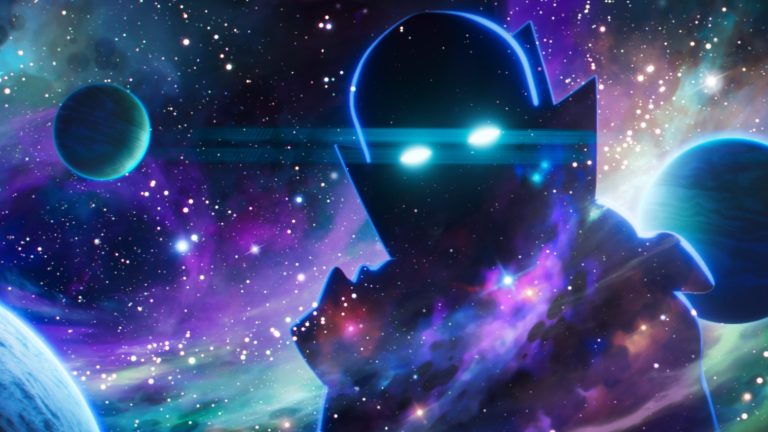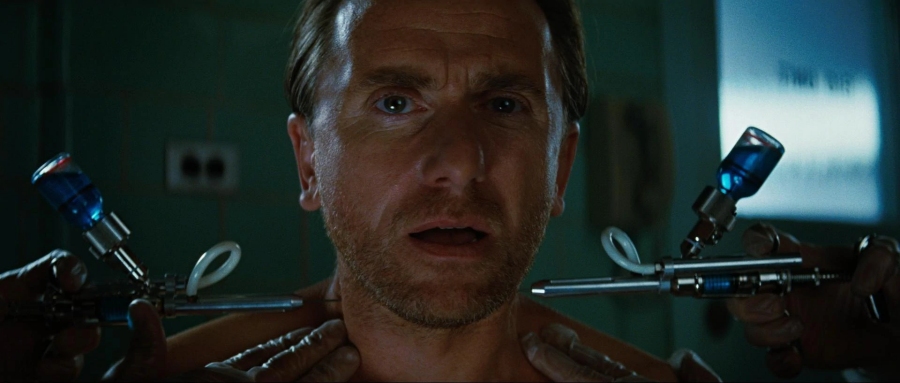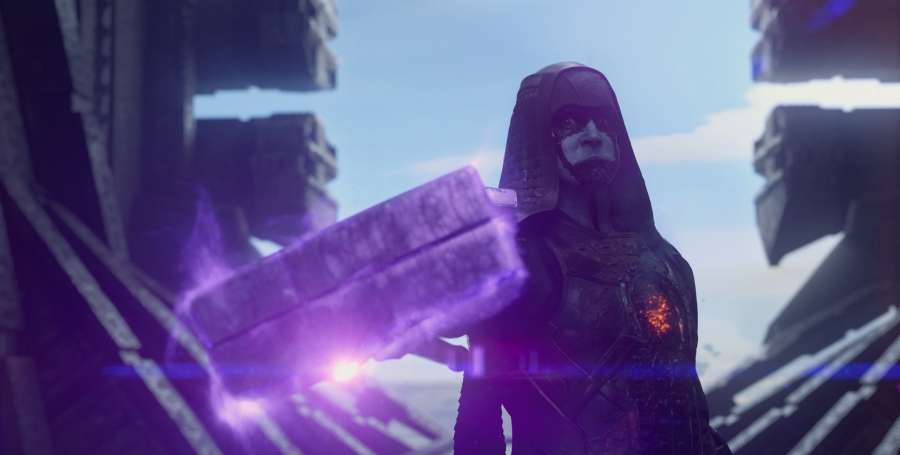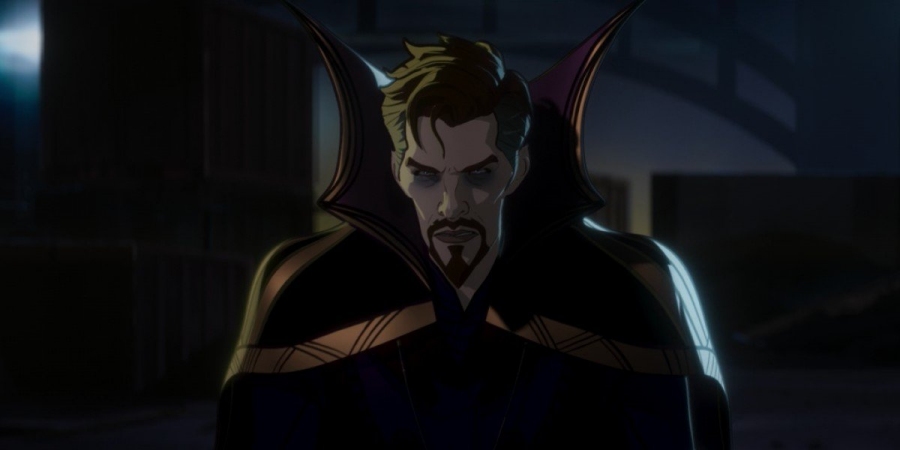Is It Better to Watch the MCU in Chronological Order?
Is it sacrilege to watch the Marvel Cinematic Universe in chronological order? You may get more out of the endeavor than you think!

This article contains some major MCU spoilers.
Everybody loves the Marvel Cinematic Universe! Well, maybe not everyone. A lot of people do. We wouldn’t be on year 15 of this mega-franchise flourishing if it wasn’t for a lot of people loving it. With so many movies and shows, there comes a time when somebody just wants to watch a whole bunch of Marvel from beginning to end. Maybe it’s somebody watching it for the first time. Maybe somebody just wants to revisit the expanded universe.
When it comes to starting out, most would tell you to start with Iron Man. After all, it came out first, back in 2008. You keep going in order of release date, burning through the various MCU phases. But there is another way. There’s the option of starting with Captain America: The First Avenger and watching the movies in chronological order. It’s the kind of controversial suggestion that would have Wong yelling at me before just wandering off into a portal, never to be heard from again.
It’s not like varying a movie series’ viewing order is a new thing. Star Wars has the famous “Machete Order” that mixes the original trilogy with the prequels. Some would argue to skip the first Evil Dead movie and let the sequel do all the work. You can just…not watch The Hobbit. Even going through Halloween is like reading a choose-your-own-adventure series.
Watching the MCU in chronological order is sacrilegious, but I don’t think it’s without merit. There are certain ways that watching it this way works out for the better. And yes, I realize that the movies by themselves jump around in time. Captain America: The First Avenger takes place during World War II, but the final minutes are just prior to Avengers. Black Widow takes place after 99% of Captain America: Civil War, but the final scene takes place before Civil War’s ending. Eternals is about the present, but has a ton of flashbacks throughout history. The chronology doesn’t have to be perfect.
So first, some ground rules. I’m only talking about the MCU movies and Disney+ shows. There are certain shows and movies that act as extra credit (Daredevil, Agent Carter, Spider-Man 1-3, Amazing Spider-Man 1-2, Venom: Let There Be Carnage, X-Men: Days of Future Past), but I’m not going to sweat them.
Second, make sure to SKIP the post-credits scenes for Captain America: The First Avenger (just a trailer), Captain Marvel (they don’t add anything), and Black Widow (eh…important enough, but you can get by without it). These all spoil stuff from movies that are earlier in the release order but much later chronologically.
Also, Ant-Man and the Wasp technically starts before Avengers: Infinity War starts, but considering they overlap and the placement of Ant-Man and the Wasp’s mid-credits scene is absolutely important, it’s best to use it as a levity break between the two Thanos-centric blockbusters.
Now the arguments for watching the MCU in chronological order.

Emil Blonsky: Super Soldier
When The Incredible Hulk came out, anxious Captain America fans understood that the brief stretch of the movie where Emil Blonsky was doing cartwheels and getting in the Hulk’s face was a proof of concept. This was what Captain America was going to look like in action once they got to his movie. It’s just that the use of the super soldier serum was a little bit on the coy side and while somebody could easily make the connection watching Captain America: The First Avenger after the fact, Blonsky’s brief run as a super soldier is just as easily forgotten.
By watching Captain America: The First Avenger first, one sees the setup of Thunderbolt Ross’ plan to revitalize Blonsky and has a better understanding of just how this ties into the big picture. Speaking of the big picture, it makes Banner’s ties with the super soldier project pop more and pushes the idea that Hulk was ultimately a failed attempt to recreate Captain America.
The Kree Twist
Personally, I find that Captain Marvel has a Phase 1 feel to it, so it feels more at home in-between Captain America: The First Avenger and Iron Man to begin with.
Captain Marvel features several twists tied together. The only one that’s genuinely surprising is that the Skrulls are sympathetic and not just another evil alien race to deal with. There is nothing shocking about the Kree soldiers being evil liars who kidnapped and gaslit Carol Danvers. Guardians of the Galaxy already established that the Kree are bad news, to the point that the nicest one we meet is shown rolling his eyes over Nova Prime screaming that children are being slaughtered.
Plus, a member of Yon-Rogg’s crew is Korath (the “Who?” guy). Maybe the revelations about Danvers’ past would hold more weight if we didn’t see her working with a guy who we know will one day go on a genocidal mission alongside an army of space mummies.
Thor’s Post-Credit Scene
I still remember being in the theater and hearing the disappointment at the post-credits scene for Thor. For comic fans, sure, they were maybe aware of the Cosmic Cube, but it wasn’t the most world-shattering cliffhanger. Loki’s unseen presence was ominous, but this hint towards Captain America: The First Avenger had people feeling like they wasted their time.
By watching it in chronological order, we fully understand what we’re looking at and what we’re threatened with. This is the thing that almost allowed HYDRA to win World War II. This is what gave Carol Danvers her powers. Now it was being eyed by a power-hungry god driven mad. It’s a way better build towards the big Avengers team-up.
The Journey of Phil Coulson
It was nice seeing a de-aged Clark Gregg in Captain Marvel, but he didn’t really add much after the fact other than a delightful cameo. Watching that appearance first does make for a good introduction, though. That establishes him for his appearance in Iron Man, giving you a better idea of how major an event Tony Stark’s survival is in the grand scheme of things.
Something minor that helps is that Captain Marvel shows Coulson and Nick Fury working together, something we don’t actually see in action until Avengers, where Coulson ultimately dies (ASTERISK!). It’s also through Captain Marvel that we better understand where Coulson is coming from. While he doesn’t interact with the aliens all that much, he is aware of them and that fuels his interest in the fantastic. It’s why he has that moment of hope and intrigue when Thor tries and fails to lift Mjolnir.
Nick Fury is interested in putting the Avengers together to save the world. Agent Coulson is excited to see it happen.

The Context of Ronan the Accuser
Ronan’s story is fine in Guardians of the Galaxy. He ends up being a good foil for Star-Lord and Drax due to his inability to let go of the past and how it drives him to darkness. He does cameo in Captain Marvel and his time there does paint a picture of how much of a ranting zealot he’s become. In the early 90s, the Kree were conquerors. They were an empire to be feared. Then we know that their war with the Skrulls hit a major snag because the Skrulls fell into league with Captain Marvel, a being whose power level made Ronan himself flee in fear.
30 years pass and Ronan has gone into business for himself (though the Kree seem to unofficially support him). It was bad enough that they can’t go after the Skrulls anymore. Now the Kree is ceasing aggression against the people of Xandar. Not only is he incensed over his empire’s lost status, but he’s become obsessed with power. He works for Thanos, a threat on Captain Marvel’s level. He eventually decides to possess the Power Stone and forgoes his relationship with Thanos, choosing to forge his own path. A path that, had it continued, would have given him another shot at Captain Marvel.
In other words, Captain Marvel emasculated him and it’s been stewing in him for decades.
Natasha’s Ascent
Marvel took their sweet-ass time getting us to the Black Widow movie fireworks factory, releasing it years after they killed her off. If not for the movie acting like a passing of the torch to Florence Pugh as the next main Black Widow, the whole thing would feel unnecessary. If you watch it right after Civil War, it does make more sense.
Captain America: Civil War is Black Widow’s fifth major appearance in the MCU and she’s been stuck playing a supporting character this whole time. She never really gets to stand out or do all that much. Not only does the Black Widow movie have Natasha get her own spotlight, but it puts her in a leadership role. She leads her family into the third act’s mission. She then becomes the Widows’ liberator. This is her coming out party as a real player.
So what happens after Black Widow? When everything goes to Hell, it’s Natasha who takes point and leads what amounts to the Avengers in a half-empty universe. When Iron Man retires and Captain America tries to move on, Black Widow becomes the leader the world needs. Now it feels earned.
In the end, her sacrifice is sadder than realized. The logic of Hawkeye living to see his family made sense before Black Widow hit theaters. Now we know that Yelena was dusted as well. Natasha had family waiting for her and she still chose a better life for her friend.

WandaVision and the Road to the Multiverse of Madness
Even with the time travel and multiversal stuff, it’s easy to figure out that Loki is best to watch right after Avengers: Endgame as it starts off during the Time Heist. By going to the Disney+ well after Endgame, you get an interesting trilogy of stories that builds wonderfully into Doctor Strange in the Multiverse of Madness.
First you have Loki, which breaks open the multiverse. You follow this with What If…?, which is made entirely of events taking place in the first three MCU phases. What’s important is the origin story of Strange Supreme, who seems to show up in the Multiverse of Madness trailer. Even if that’s not him, he’s an important cautionary tale of what an all-powerful sorcerer is capable of.
Which works its way right into WandaVision, another cautionary tale of magic gone wrong. WandaVision really needs some weirdness to segue out of and the one-two punch of Loki and What If…? is perfect. They don’t quite explain what’s going on with Westview, but they do feel familiar and make for good red herrings. Why is X-Men Quicksilver here? Well, we know there’s a multiverse, so maybe that has something to do with it. Not to mention Vision and Wanda’s appearance in the zombie episode of What If…? feels like a flipped, alternate take of what’s going on in Westview.
Once you’re done with these three stories, you have an established multiverse and a look at how two of the most powerful magic-users can be corrupted, setting up a movie that mixes all of that together.
The Blip: A More Serious Look
Thanos snapping away 50% of all life and Hulk snapping them back 5 years later is one of the ballsiest moves with the Marvel Cinematic Universe. While adherence to the status quo and what the real world is like means getting to turn a blind eye to arc reactor technology and Wakanda sharing its wonders, you can’t sweep the Blip under the rug. The MCU has been gradually talking more and more about what the Blip means to society and the complicated realities that come with it.
Watching things in chronological order is great for that because when it came to release order, our first actual look at the world post-Endgame was Spider-Man: Far From Home. Levity is important, but stepping into this universe-shaking event with exposition from a cheesy high school news show downplays its epic nature. By watching Spider-Man: Far From Home after some of the other post-Endgame projects, we’ve gotten used to the concept and it’s easier to laugh at it.
Plus it helps the transition between Spider-Man: Far From Home and Spider-Man: No Way Home. By the time No Way Home came out, we’ve learned enough about the Blip. Even though it takes place directly after Far From Home, there is suddenly nearly no discussion about the Blip and its effects on the world. It just comes up briefly during the mid-credits scene.
Here’s a handy viewing list for your endeavor:
1) Captain America: The First Avenger
2) Captain Marvel
3) Iron Man
4) Iron Man 2
5) Thor
6) The Incredible Hulk
7) The Avengers
8) Iron Man 3
9) Thor: The Dark World
10) Captain America: The Winter Soldier
11) Guardians of the Galaxy
12) Guardians of the Galaxy Vol. 2
13) Avengers: Age of Ultron
14) Ant-Man
15) Captain America: Civil War
16) Black Widow
17) Black Panther
18) Spider-Man: Homecoming
19) Doctor Strange
20) Thor: Ragnarok
21) Avengers: Infinity War
22) Ant-Man and the Wasp
23) Avengers: Endgame
24) Loki
25) What If…?
26) WandaVision
27) The Falcon and the Winter Soldier
28) Shang-Chi and the Legend of the Ten Rings
29) Eternals
30) Spider-Man: Far From Home
31) Spider-Man: No Way Home
32) Hawkeye
